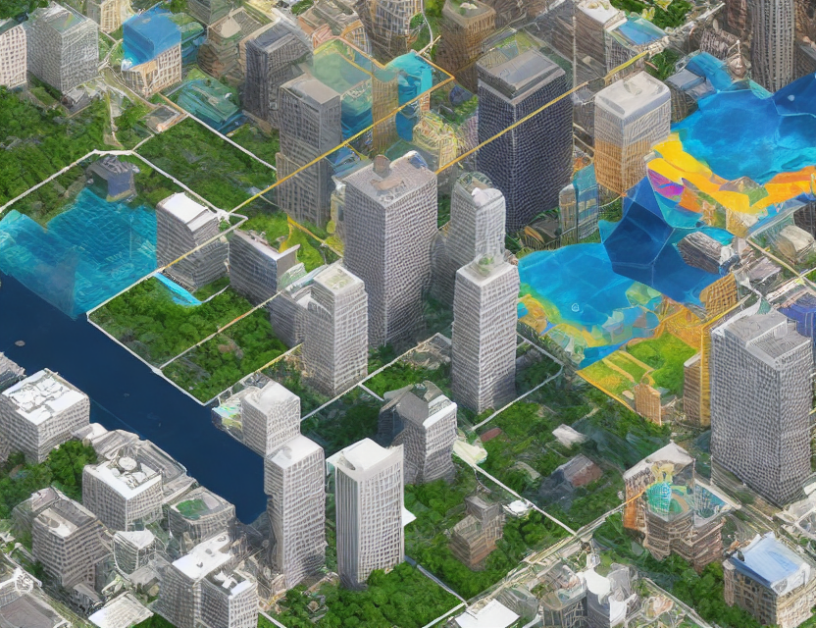In this article, the authors present a new method for visual place recognition called Speeded-up Robust Features (SURF). The goal of SURF is to improve the performance of visual place recognition systems in changing environments. The authors propose several techniques to achieve this goal, including:
- Extended Precision (EP): EP measures the accuracy of visual place recognition systems by computing the number of correct matches before an incorrect one is introduced. This metric considers both precision and recall, providing a more balanced view of system performance.
- Inference Time (IT): IT measures the time it takes for a visual place recognition system to compute a match after receiving a query image. This metric is important for applications where fast response times are critical, such as in aerial robotics.
To develop SURF, the authors use a neural network image classifier called DrosoNet. DrosoNet is designed to be compact and fast, allowing it to run on low-power devices. The authors use a binary, sparse matrix to represent the environment’s places, which allows for faster matching. They also introduce a new layer called W, which learns to map the binary vector to one of the N classes, or reference places.
The SURF method consists of several stages
- Image Partitioning: The input image is partitioned into smaller regions, allowing for faster processing.
- Training and Inference: DrosoNet is trained on a set of reference images, and then used to classify the query image. The system computes a match by finding the region in the query image that best matches one of the reference regions.
- Voting Aggregation: The system aggregates the votes from all the regions to compute the final match.
The authors evaluate SURF on several benchmark datasets and compare it to other state-of-the-art visual place recognition techniques. They show that SURF outperforms these techniques in terms of both accuracy and speed, making it a promising approach for applications where fast and accurate visual place recognition is critical.
In summary, SURF is a powerful tool for visual place recognition in changing environments. By using a neural network image classifier and a binary matrix representation, SURF can quickly and accurately identify reference places in an environment. The system’s ability to adapt to changing conditions makes it an ideal choice for applications such as aerial robotics, where fast response times are essential.



